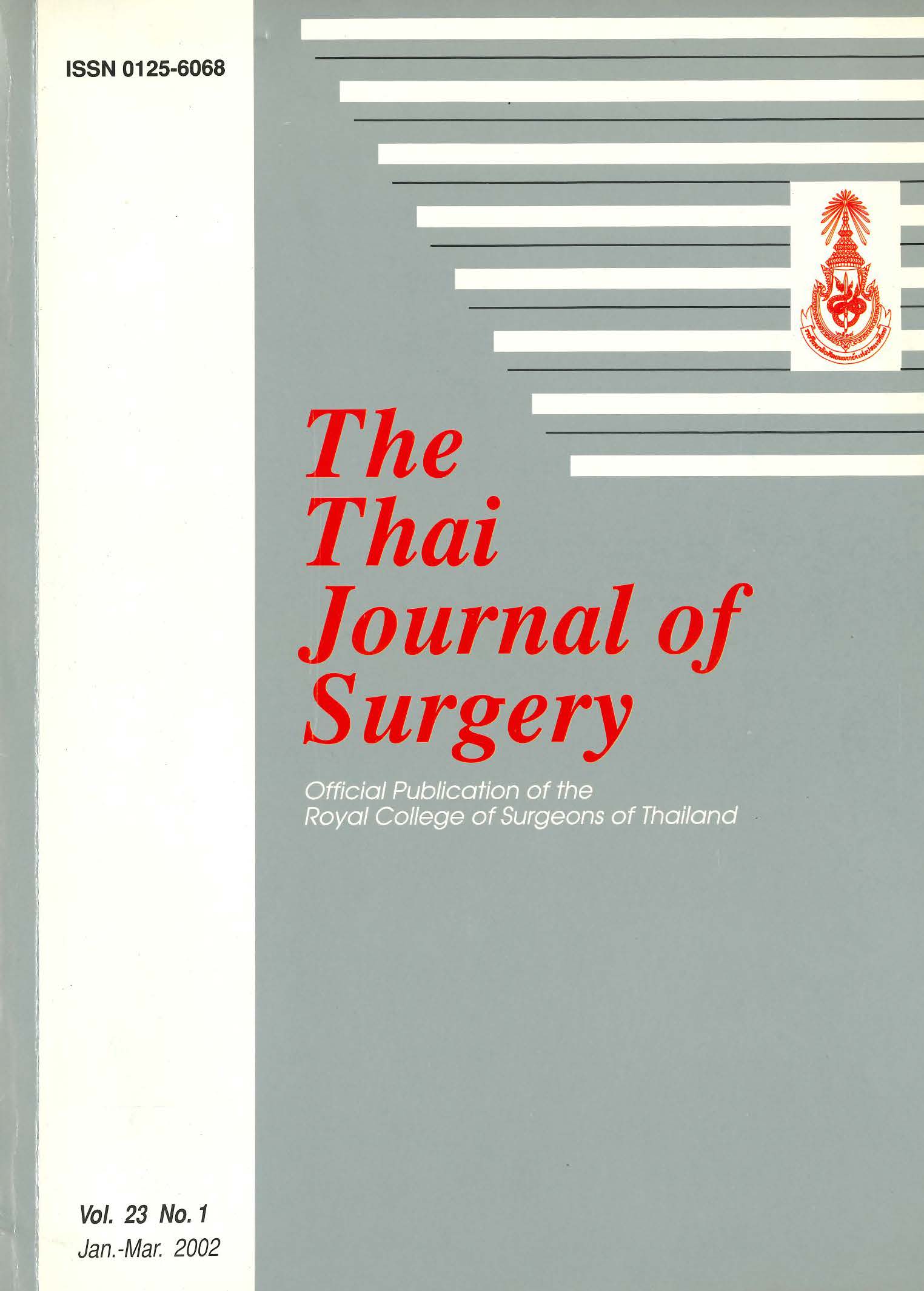Review of Orthognathic Surgery Occlusal Wafers Application in 185 Patients
Abstract
A comparative study of occlusal wafers for orthognathic surgery made for 185 orthognathic surgery patients with mean age of 24.4 + 4.3 years, is presented. This study is intended to highlight any wafer associated surgical problems, which determine wafer design. Various types of occlusal wafers were used during the period of this review, but in most of the cases a simple quick-cure acrylic wafer was found to be the most satisfactory. However, some difficult patients with cleft palate or neuromuscular disorder may require wafers of a novel design and materials.
References
2. Harris M, Reynolds IR. Fundamentals of orthognathic surgery. 1st ed. London: W B Saunders Company; 1991.
3. Bamber MA, Harris M. The role of the occlusal wafers in orthognathic surgery: a comparison of thick and thin intermediate osteotomy wafers. J Cranio Max Fac Surg 1995:23:369-400.
4. Proffit WR, White PR. Surgical orthodontic treatment. London, Toronto, Chicago: Mosby; 1991.
5. Bamber MA. Recording the facial midline for orthognathic surgery planning. Br J Oral Maxillofac Surg 1995; 32: 112-4.
6. Cottrell DA, Wolford LM. Altered orthognathic surgical sequencing and modified approach to model surgery. J Oral Maxillofac Surg 1994; 52: 1010-20.
7. Bamber MA, Abang Z, Harris, M, Linney A. The effect of posture and anaesthesia on occlusal relationship in orthognathic surgery. J Oral Maxillofac Surg 1999;57:1164-72.
8. Block MS, Hoffman D. A removable orthognathic surgery splint. J Oral Maxillofac Surg 1987; 45: 195.
9. Ripley JF. Composite surgical splint for dual arch orthognathic surgery. J Oral Maxillofac Surg 1982; 40: 687-9.
10. Telfer MR, Page KB. Carbon fibre reinforced osteotomy wafers. Br J Oral Maxillofac Surg 1990; 28: 210-1.
11. Nattestad A, Vedtofte P, Mosekilde E. The significant of an erroneous recording of the centre of mandibular rotation in orthognathic surgery. J Cranio Max Fac Surg 1991; 19: 254-9
12. Bamber MA, Firouzai R, Harris M, Linney A. A comparative study of two arbitary face-bow transfer systems for orthognathic surgery planning. Int J Oral Maxillofac Surg 1996;25: 339-43.
13. Marko JV. Simple hinge and semi-adjustable articulators in orthognathic surgery. Am J Orthod Dentofac Ortho 1986;90:37-44.
Downloads
Published
How to Cite
Issue
Section
License
Articles must be contributed solely to The Thai Journal of Surgery and when published become the property of the Royal College of Surgeons of Thailand. The Royal College of Surgeons of Thailand reserves copyright on all published materials and such materials may not be reproduced in any form without the written permission.



